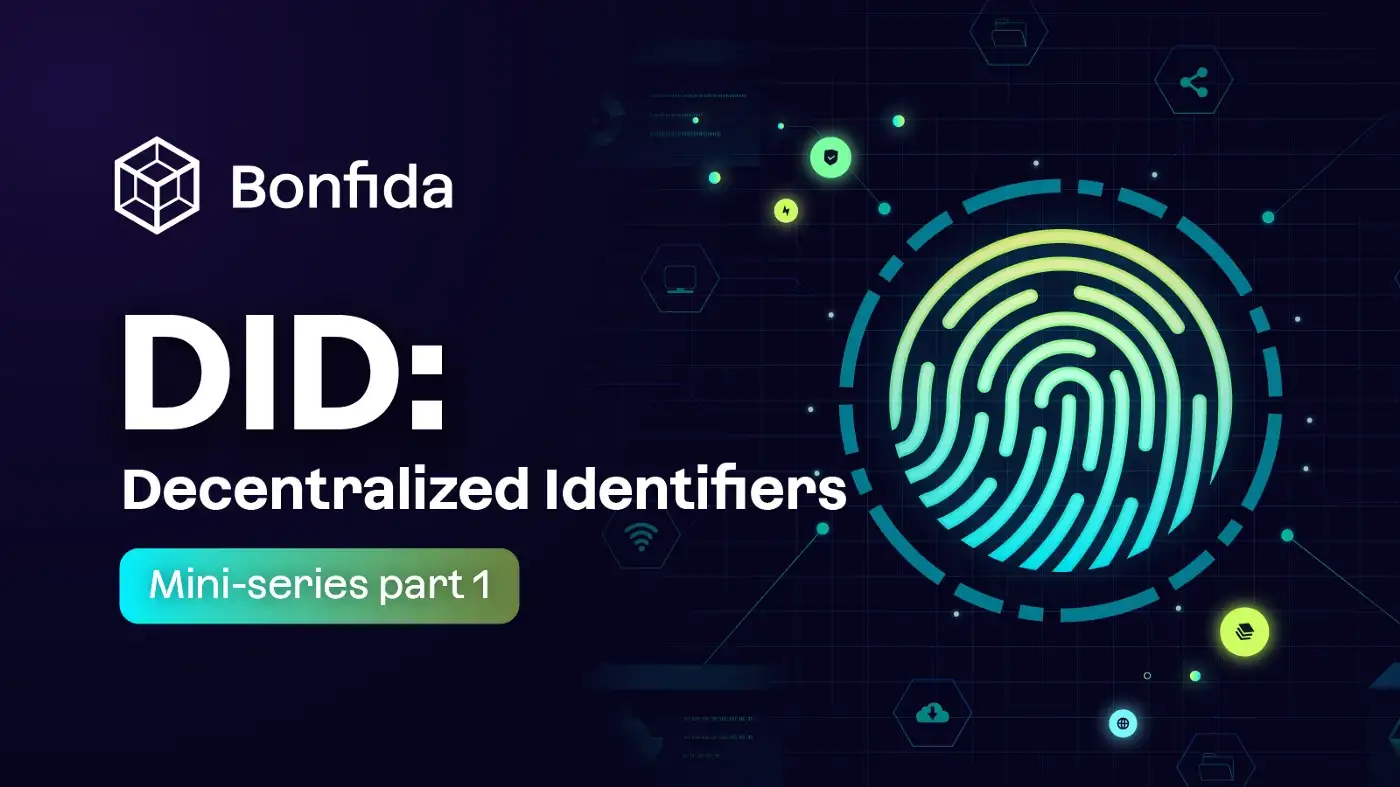DID: Decentralized Identifiers

Let’s start off with the basics; what is an identifier? In simple terms, an identifier is a piece of information that demarcates a part of an identity or identities. Familiar identifiers include names, ID/mobile numbers, place of birth, email addresses, usernames, etc. A whole host of these identifiers are what essentially make up our identity.
These personal identifiers underpin many aspects of our everyday life. You’d need these to get a job, go study, open bank accounts and even access social media. A common denominator amongst these identifiers is that they are held and controlled by central entities, that is, you’d need permission from the government to change your name and/or a platform to change your social media handle, for example.
This means that even though these identifiers are yours and used to describe you, you cannot control your identity-related information nor really decide who has or does not have access to it (and to how much of it).
You can’t help but argue that this is fundamentally wrong.
To help solve this problem (that of centralized entities holding and controlling our personal data) we have decentralized identity systems that are built on public blockchains like Solana and Ethereum. This is where the concept of decentralized identifiers (DIDs) originates from.
DIDs are cryptographically verifiable identifiers created by the user, owned by the user and independent of any organization.
The process of obtaining a DID involves the creation of a public-private key pair, typically known as wallets/wallet addresses and or pubkeys. The public key distinguishes one wallet from another and the private one is needed during authentication processes. DIDs are pseudo-anonymous identifiers for a specific object, person, or company. When you generate a pubkey it’s in the form of an alphanumeric address (e.g J6QDztZCegYTWnGUYtjqVS9d7AZoS43UbEQmMcdGeP5s ) visible to everyone on the blockchain. It’s referred to as pseudonymity, rather than anonymity because financial forensics of your public address can still be traced. However, they won’t necessarily know who you are. In addition, one person could have multiple DIDs to limit the tracking capabilities of others.
The secure architecture of blockchains as well as the technology of pubkey creation (public-private key pair) removes the phishable nature of passwords, enhances true ownership and promotes privacy. This is what we mean when we say, give power back to the people; privacy and ownership
So, the key points are; centralized entities should not control your personally identifiable information. Blockchains empower their users to own and control their own data. This is made possible through the creation of a DID or more commonly known as a pubkey. A pubkey is the cornerstone of the concept decentralized identity.
Final note
Now that we have grasped the basics of DID/pubkey we can move on to the big dog decentralized identity. Stay tuned for part 2 of the mini-series.